Tinea Versicolor Diet : The Guide for Clearer Skin
Tinea Versicolor Diet The Ultimate Guide for Clearer Skin
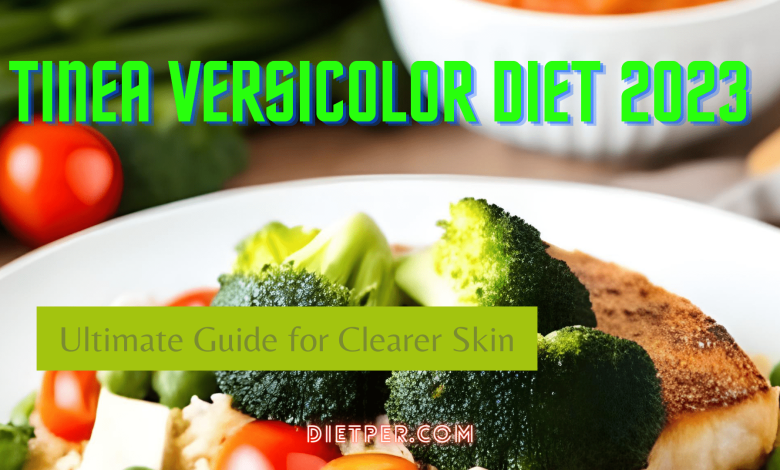
Tinea Versicolor Diet is a common skin condition affecting numerous individuals globally. This fungal infection leads to discolored patches on the skin, often accompanied by itchiness and discomfort. While various treatments exist, one highly effective method for tackling this condition involves dietary changes. What you consume can profoundly influence the health of your skin.
What is Tinea Versicolor Diet ?
Tinea Versicolor is a skin condition caused by an overgrowth of yeast on the skin’s surface, resulting in discolored patches. These patches can range in color from white, pink, brown to reddish-brown and can appear anywhere on the body, although they are most common on the chest, back, and arms.
The fungus responsible for tinea versicolor naturally resides on the skin but can multiply under specific conditions like hot and humid weather, a weakened immune system, or hormonal imbalances. While the condition isn’t contagious, it can cause embarrassment and discomfort for those affected.
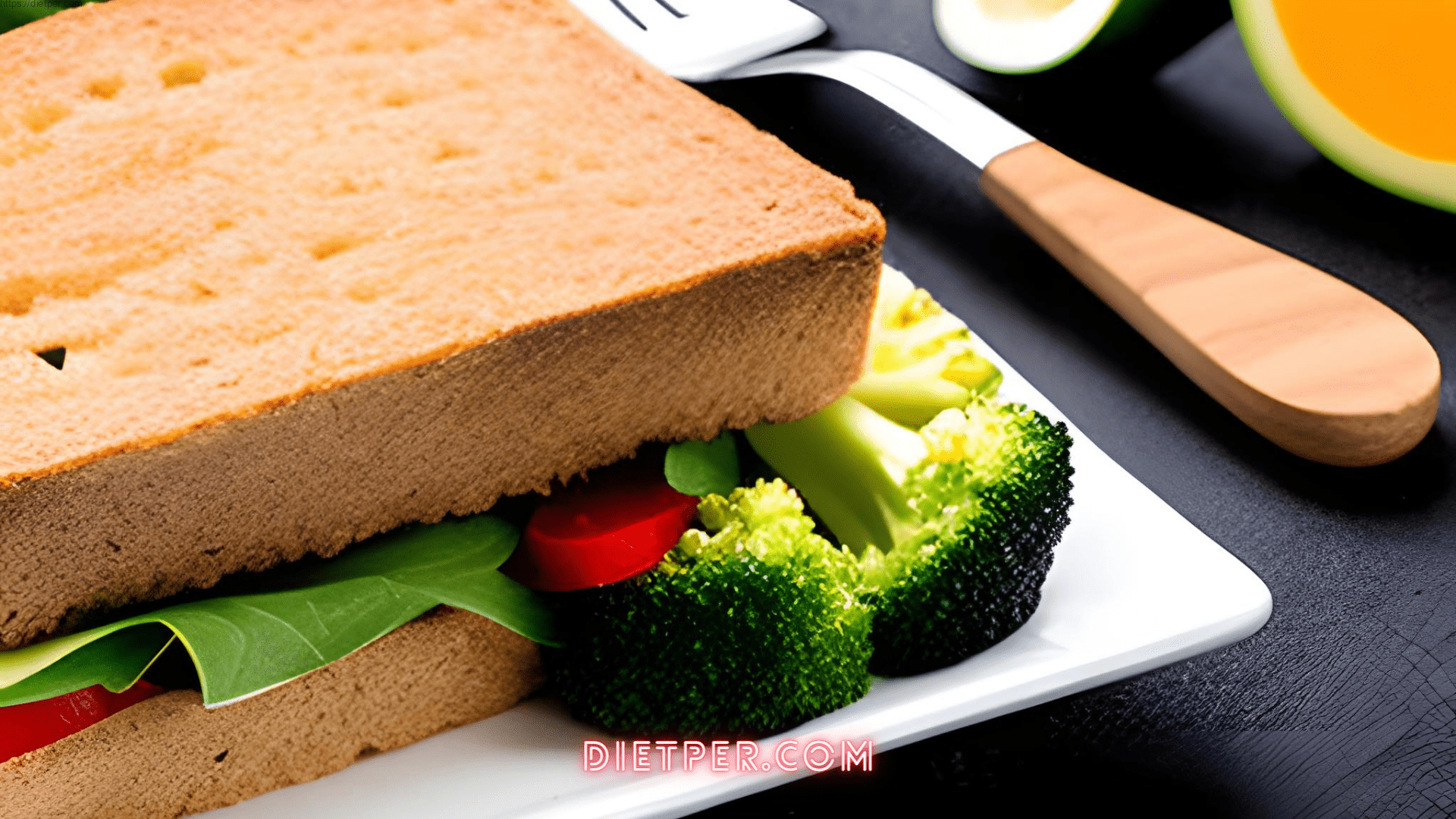
Fortunately, Tinea Versicolor can be treated with medication or topical creams. However, it’s equally crucial to follow an appropriate diet to prevent the condition from recurring. This will provide helpful tips on what to eat and what to Tinea versicolor diet foods to avoid at bay and achieve clearer, healthier skin.
The Role of Diet in Tinea Versicolor
Tinea Versicolor is a common fungal skin infection caused by yeast, and while it can be treated with antifungal medications, dietary choices play a significant role in managing the condition.
Research indicates a link between diet and Tinea Versicolor. Foods high in sugar or carbohydrates can worsen the condition, as yeast thrives on sugar. Excessive sugar in the body can lead to yeast overgrowth, exacerbating Tinea Versicolor.
Conversely, a diet rich in whole foods, including fruits, vegetables, lean proteins, and healthy fats, can alleviate symptoms. These foods possess anti-inflammatory properties and boost the immune system, aiding in the fight against fungal infections.
In addition to dietary changes, staying well-hydrated by drinking plenty of water is crucial. Proper hydration helps flush out toxins and keeps the skin healthy. It’s also advisable to avoid alcohol and caffeine, as they can dehydrate the body, worsening Tinea Versicolor symptoms.
Tinea versicolor diet foods to avoid
Managing Tinea Versicolor involves being cautious about your diet choices. Certain foods and drinks can worsen the symptoms and trigger new breakouts. Steering clear of these items is essential for effective management and maintaining clear skin.
To start, it’s crucial to avoid sugary foods and beverages, as they can lead to yeast overgrowth, aggravating Tinea Versicolor. This means refraining from sweets, cakes, cookies, and sugary drinks. Moreover, processed foods high in refined carbohydrates should also be eliminated from your diet.
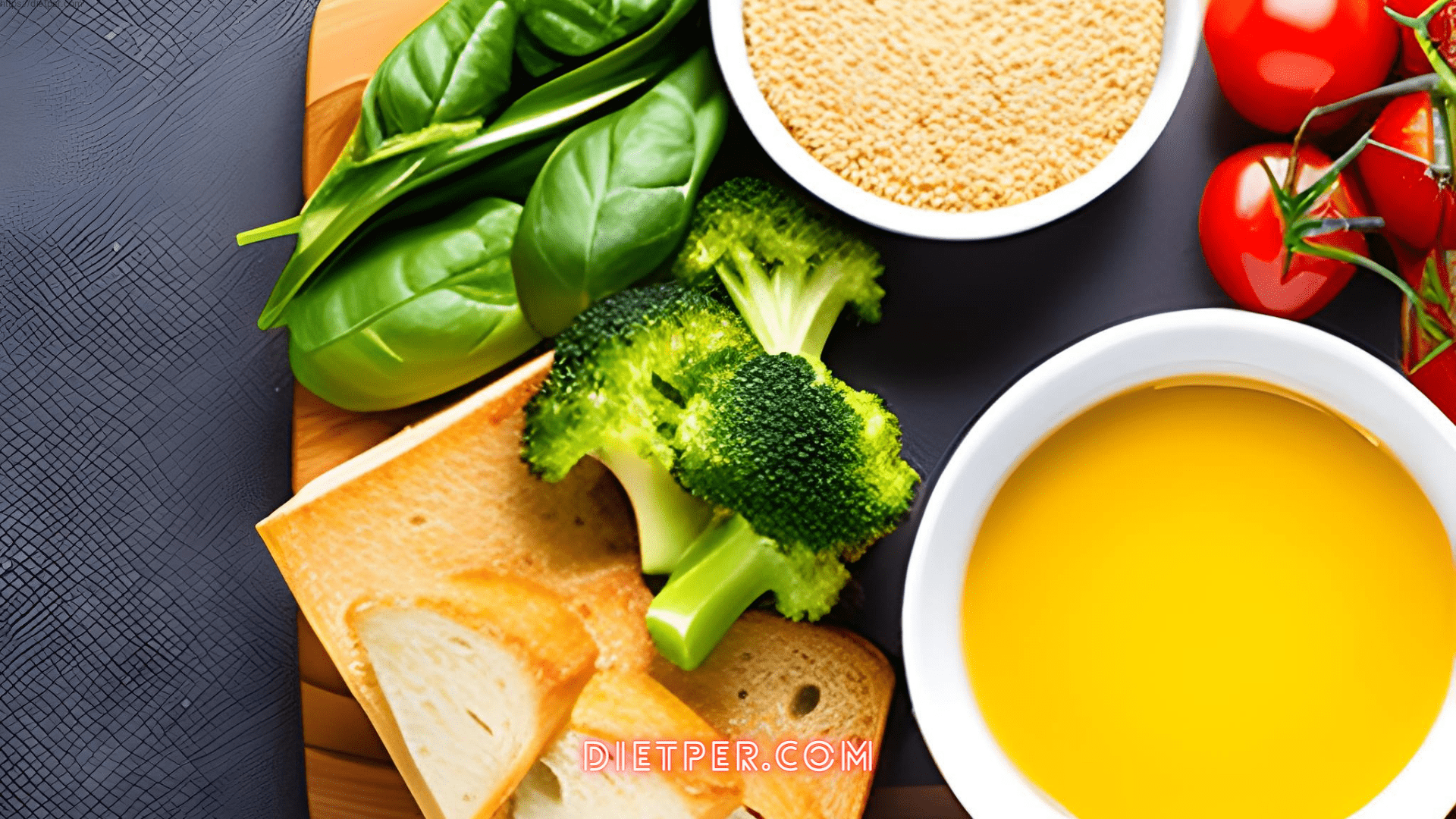
When dealing with Tinea Versicolor, it’s advisable to limit or avoid dairy products. This is because dairy can increase sebum production, potentially clogging pores and causing breakouts. Additionally, foods high in fat and oil, such as fried and greasy items, should be avoided as they contribute to pore blockages and can worsen Tinea Versicolor.
Moderating alcohol intake is crucial too, as excessive alcohol can lead to dehydration and weaken the immune system, making it harder for your body to combat Tinea Versicolor.
By steering clear of these specific foods and beverages, you can effectively manage Tinea Versicolor and reduce the likelihood of new breakouts. A balanced diet rich in fruits, vegetables, and whole grains further enhances overall skin health.
Foods to eat to help fight against Tinea Versicolor
If you’re dealing with Tinea Versicolor, you might be curious about foods that could aid in managing the condition. While there’s no miracle food to cure it, certain foods can boost your immune system and promote skin health.
Firstly, integrating antioxidant-rich foods like berries, tomatoes, and leafy greens can shield your skin from free radicals, which damage the skin’s protective barrier. This protection reduces the risk of developing Tinea Versicolor in the first place.
Additionally, probiotic-rich foods such as yogurt, kefir, and sauerkraut can be beneficial. These foods contain helpful bacteria that balance your skin’s microbiome, preventing the overgrowth of yeast that leads to Tinea Versicolor.
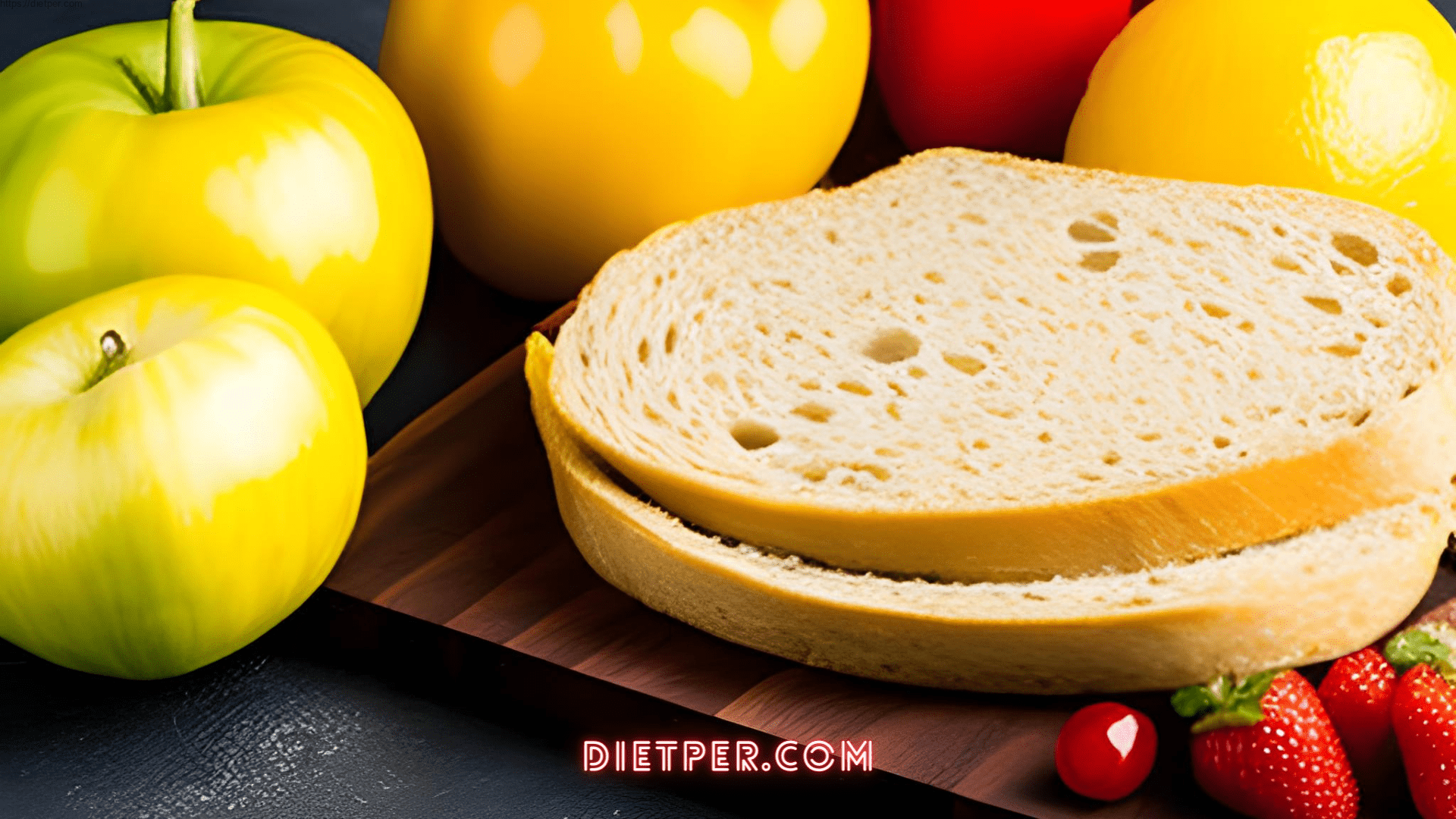
Furthermore, foods high in Vitamin D, such as fatty fish, egg yolks, and mushrooms, can enhance the appearance of Tinea Versicolor. Vitamin D helps regulate skin cell growth and promotes healthy skin, potentially aiding in managing the condition.
Finally, including zinc-rich foods like oysters, beef, and pumpkin seeds can be advantageous for individuals dealing with Tinea Versicolor. Zinc is vital for skin health, reducing inflammation, and supporting the healing of damaged skin.
It’s important to note that while these foods can be beneficial, they should be part of a well-balanced diet, combined with other nutritious foods, to promote overall health and well-being. Always consult your healthcare provider before making significant changes to your diet.
Tinea versicolor vitamin deficiency and supplements
Understanding the role of vitamins and dietary supplements in managing tinea versicolor is crucial, alongside maintaining proper hygiene and a balanced diet.
Vitamins like A, B, C, and E play significant roles in skin health and infection prevention. Vitamin A regulates sebum production, hindering skin fungus formation. Vitamin B promotes the growth of new skin cells, aiding in the replacement of infected cells. Vitamin C boosts collagen production, enhancing skin elasticity and averting infections. Vitamin E, with its antioxidant properties, shields the skin from harmful free radicals.
Additionally, Zinc is a valuable supplement for Tinea Versicolor. It possesses antimicrobial properties, reducing skin inflammation and regulating the immune system, which aids in fighting infections.

It’s crucial to understand that while vitamins and supplements can enhance skin health, they shouldn’t be relied upon as the sole treatment for Tinea Versicolor. If you suspect you have this condition, it’s advisable to consult a healthcare professional for accurate diagnosis and appropriate treatment.
- Bland Diet Foods : Delicious and Healthy bland foods today
- Is the ketovore diet the best diet for you?
- How Roger Raglin Diet Plan Help Weight loss 2023 ?
- Bland Diet Foods : Delicious and Healthy bland foods today
Vitamin b12 tinea versicolor
Vitamin B12 and tinea versicolor are distinct health topics, not directly linked. Vitamin B12, or cobalamin, is a vital nutrient crucial for red blood cell formation, nerve function, and DNA synthesis. Tinea versicolor, on the other hand, is a common skin infection caused by an overgrowth of the Malassezia fungus.
There’s no direct evidence suggesting that Vitamin B12 deficiency or supplementation affects the development or treatment of tinea versicolor. The primary causes of tinea versicolor include environmental factors like warm and humid conditions, excessive sweating, oily skin, and a weakened immune system.
Nevertheless, maintaining adequate Vitamin B12 levels is vital for overall health. B12 deficiency can lead to symptoms such as fatigue, weakness, pale skin, tingling, or numbness in extremities, and neurological issues. If you suspect a deficiency, consulting a healthcare professional is crucial for accurate diagnosis and guidance.
While Vitamin B12 supplementation may not directly treat tinea versicolor, it’s advisable to maintain a balanced diet incorporating B12 sources like meat, fish, dairy products, and fortified foods. Always remember that B12 supplementation should be done under professional guidance to ensure proper dosage and monitoring.
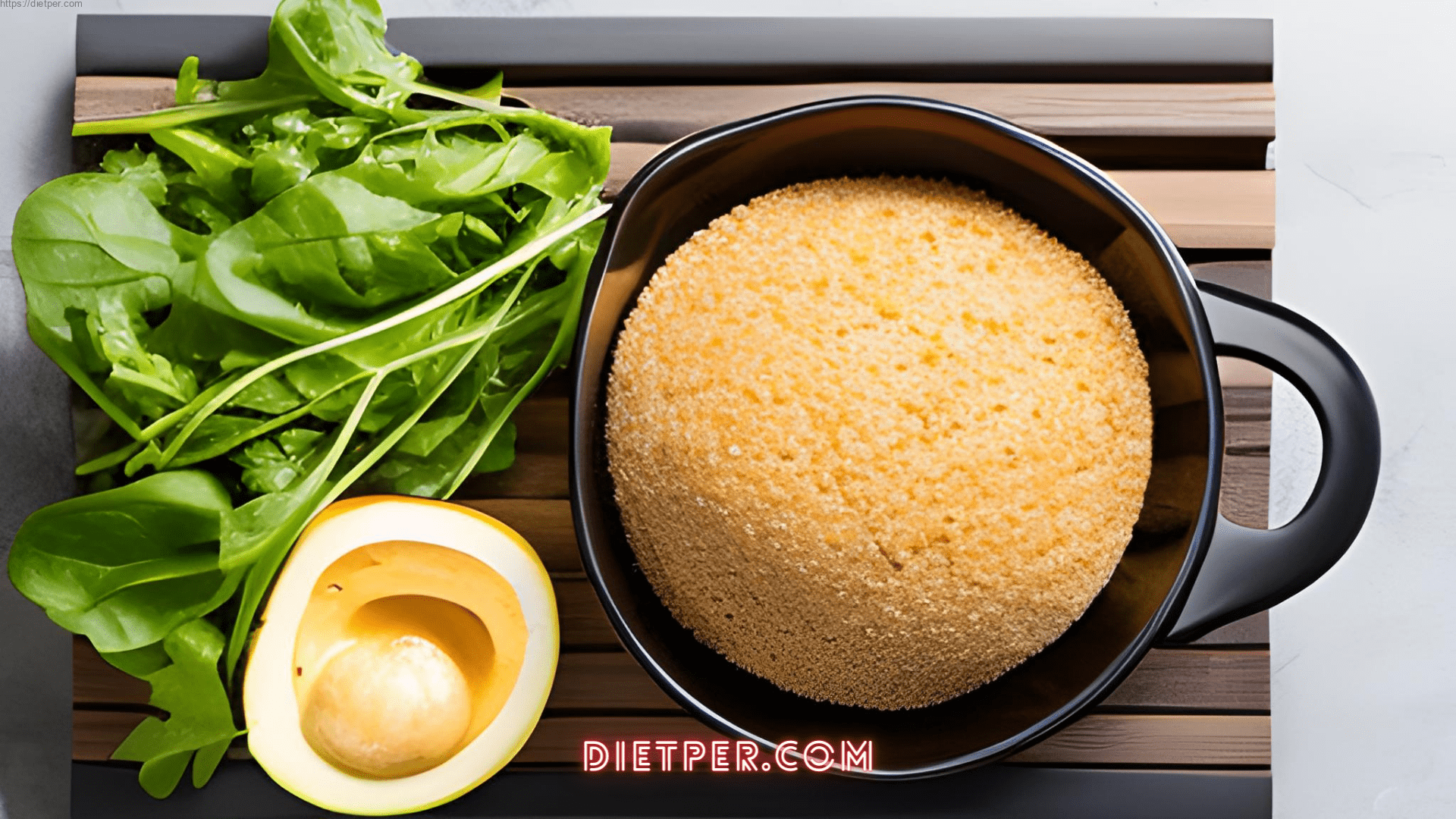
The importance of hydration and how it can help with Tinea Versicolor
- Staying well-hydrated is crucial for overall health and helps manage Tinea Versicolor effectively.
- Adequate water and fluid intake flush out toxins, promoting healthier skin.
- Insufficient hydration leads to dry and flaky skin, worsening Tinea Versicolor symptoms.
- Proper hydration keeps the skin moisturized, preventing dryness and flakiness.
- Including hydrating foods like watermelon, cucumber, and celery in your diet supports skin health.
- While hydration helps, it’s not a cure for Tinea Versicolor.
- Consult a healthcare professional for an accurate diagnosis and suitable treatment if you suspect you have this condition.
The benefits of probiotics in managing Tinea Versicolor Diet
Probiotics are tiny living organisms that do wonders for our body, especially our gut, offering a host of health benefits. When it comes to dealing with Tinea Versicolor, their impact on the immune system is particularly noteworthy.
Probiotics work by fortifying our immune system, empowering our body to fend off infections, including fungal ones. By including probiotic-rich foods in your diet or taking probiotic supplements, you can give your immune system a boost, lowering the chances of developing Tinea Versicolor.
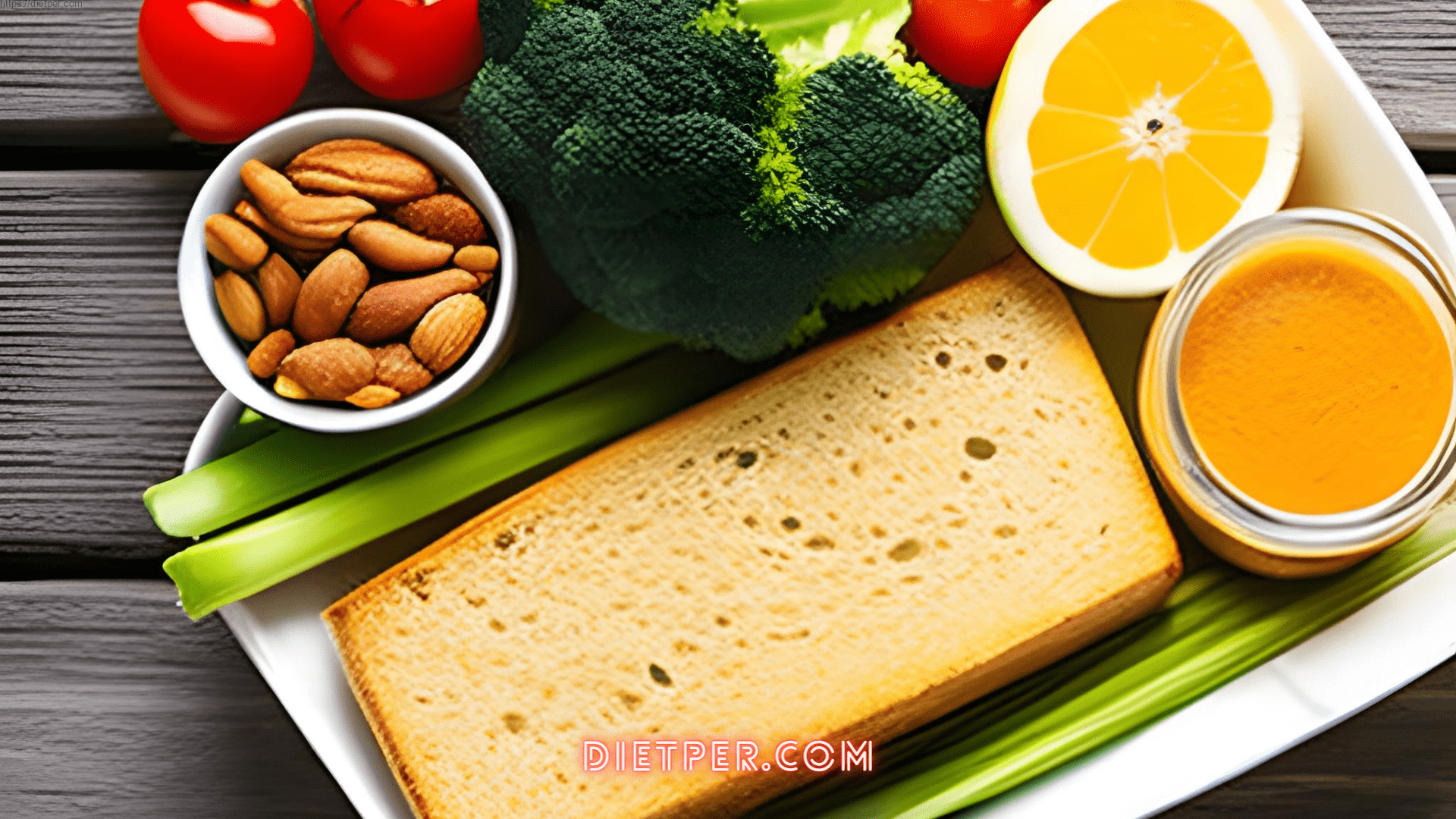
Besides boosting the immune system, probiotics possess anti-inflammatory properties, which are crucial for managing conditions like Tinea Versicolor. This skin condition often brings redness, itching, and discomfort due to inflammation. Probiotics work by reducing this inflammation, easing these symptoms, and enhancing overall skin health.
You can find probiotics in foods like yogurt, kefir, kimchi, sauerkraut, and kombucha. Alternatively, probiotic supplements are available in capsule or powder form. If you’re seeking a dietary approach to manage Tinea Versicolor, incorporating probiotic-rich foods or supplements into your daily routine is a straightforward and effective method.
Tinea versicolor diet foods to eat
If you’re struggling with Tinea Versicolor, then incorporating certain foods into your diet can help improve your skin’s condition. One of the best ways to combat Tinea Versicolor is by eating foods rich in vitamins and minerals, which can help boost the immune system and fight off fungal infections. Here are some foods that you should consider to Tinea versicolor diet foods to eat:
1. Probiotics – Probiotic-rich foods like yogurt, kefir, and sauerkraut can help to improve your gut health, which is important for overall immune system function.
2. Garlic – Garlic is a natural antifungal and antibacterial food that can help to fight off infections. Incorporating Garlic into your diet can help to improve your skin’s health. It may also help to prevent future outbreaks of Tinea Versicolor.
3. Leafy greens – Leafy greens like spinach, kale, and collard greens are rich in vitamins and minerals that can help to support overall skin health. These foods are also high in antioxidants, which can help to protect your skin from damage caused by free radicals.
4. Whole grains – Incorporating whole grains like brown rice, quinoa, and oats into your diet can help to improve your overall health. They may also help to reduce inflammation in the body.
5. Lean proteins – Lean proteins like chicken, fish, and tofu can help to support muscle growth and repair, which is important for overall skin health.
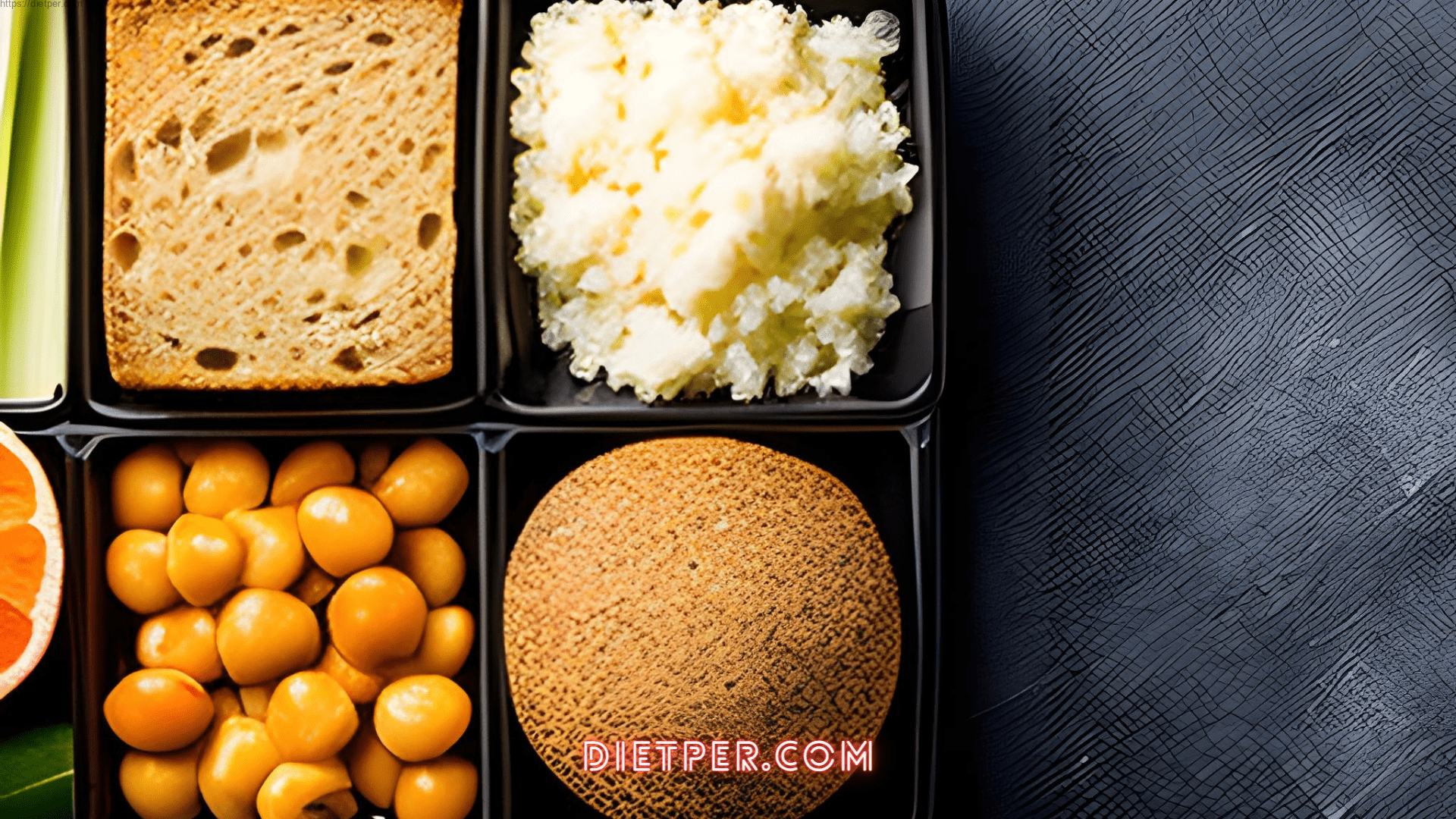
How to make healthy lifestyle choices to reduce the risk of Tinea Versicolor
- Proper Medication: Follow the dermatologist’s prescribed medications to manage Tinea Versicolor effectively.
- Dietary Changes: Reduce sugary and processed foods, as they promote yeast growth. Opt for a diet rich in fruits, vegetables, lean protein, and whole grains. This boosts the immune system and prevents candida overgrowth.
- Clothing Choices: Wear loose-fitting clothes made from breathable fabrics like cotton and linen. Tight clothes trap heat and moisture, creating a favorable environment for yeast growth.
- Skin Hygiene: Dry yourself thoroughly, especially in sweat-prone areas, after showering. Excessive sweating? Use antifungal powder to keep your skin dry and prevent moisture-related issues.
- Overall Lifestyle: Maintain a balanced diet, wear breathable clothing, and keep your skin clean and dry. These choices are crucial in managing and preventing Tinea Versicolor outbreaks.
- Consult Your Dermatologist: Collaborate with your dermatologist to create a personalized and effective treatment plan tailored to your needs.
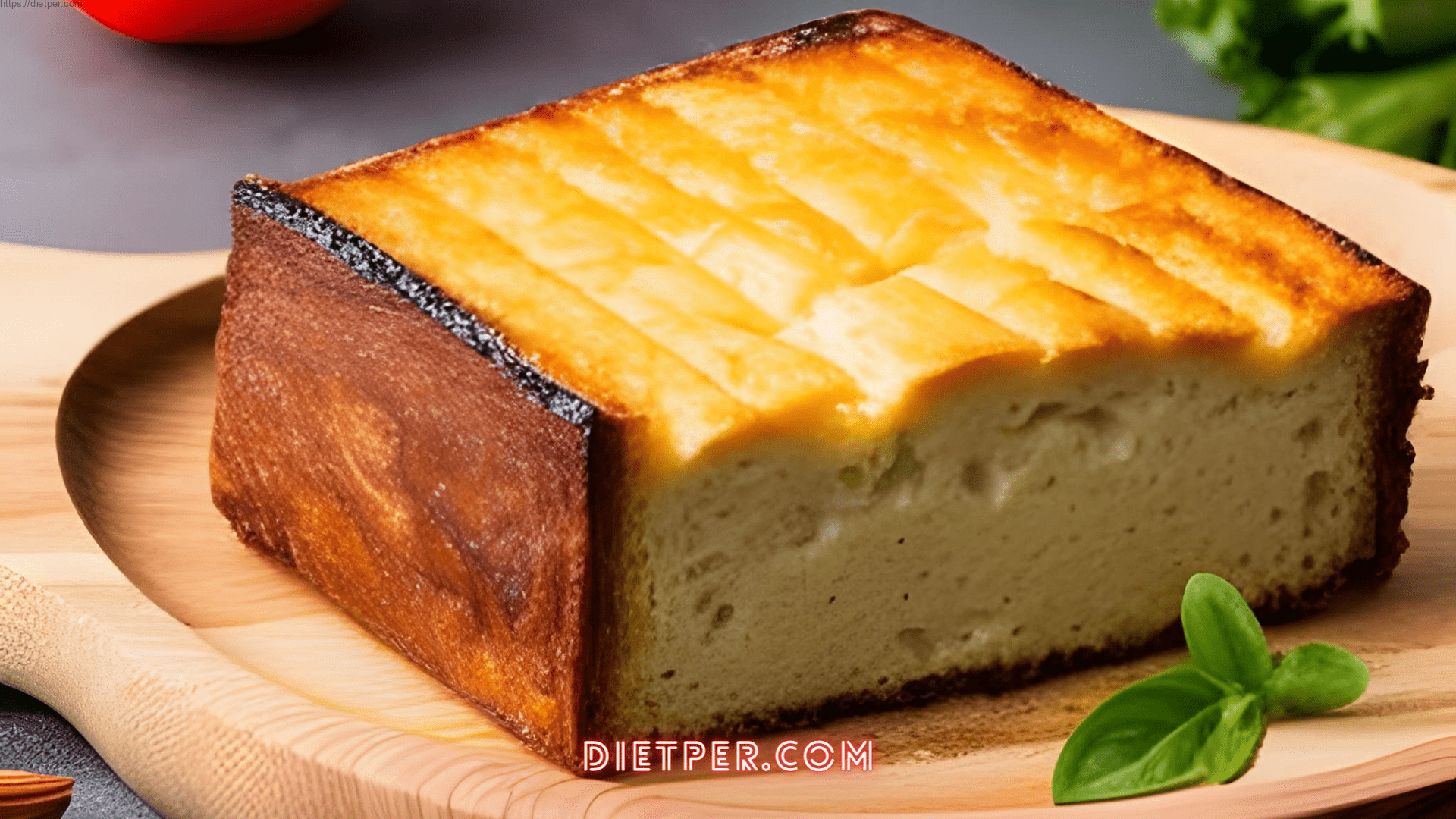
Tinea versicolor cancer
Tinea versicolor, also known as pityriasis versicolor, is a common fungal skin infection. It’s crucial to understand that tinea versicolor is not a form of cancer; it’s caused by the overgrowth of the Malassezia fungus, naturally present on the skin. While it might share some skin color changes with certain cancers, tinea versicolor itself is not malignant and doesn’t pose a cancer risk.
This condition appears as discolored patches on the skin, ranging from white to pink, tan, or brown, especially noticeable on tanned or darker skin tones. The fungus thrives in warm, humid environments, disrupting the skin’s normal pigmentation process and causing these characteristic patches.
Although tinea versicolor isn’t cancerous, its visible symptoms can cause distress. Treatment usually involves antifungal medications applied topically (creams, lotions, or shampoos) or taken orally for severe or recurring cases.
Preventing tinea versicolor diet recurrence involves good skin hygiene: keep the skin clean and dry, avoid excessive sweating, wear breathable clothing, and use antifungal powders or sprays in susceptible areas.
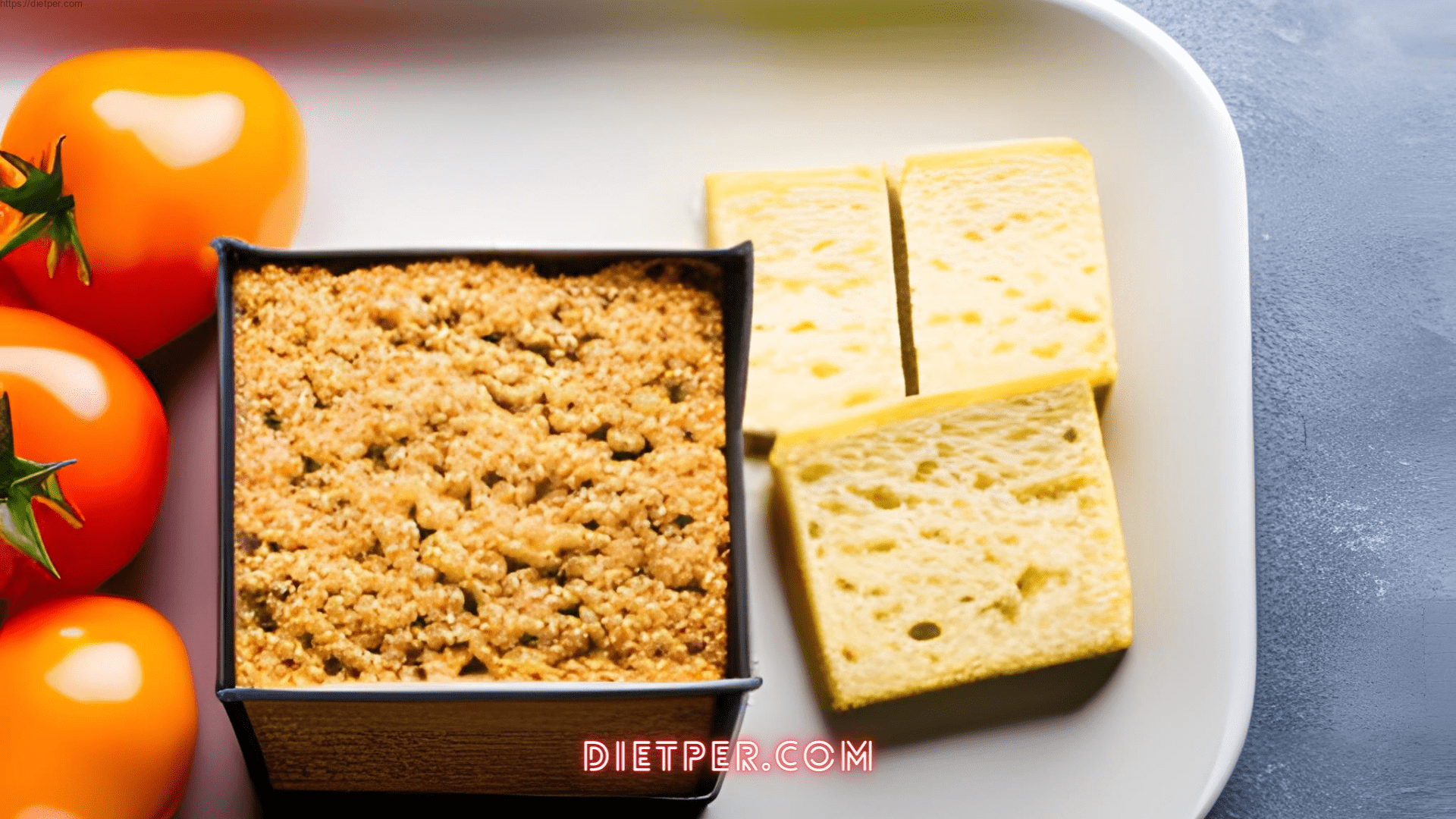
Tinea versicolor healing stages
Tinea versicolor, a common fungal skin infection caused by an overgrowth of the Malassezia fungus, follows a general pattern during the healing process. Here’s what you can expect:
1. Recognition and Diagnosis: Identify the discolored patches on your skin, which might be lighter or darker than the surrounding skin. These patches can appear on areas like the chest, back, neck, and arms, leading to a diagnosis of tinea versicolor.
2. Treatment Initiation: Once diagnosed, treatment begins. The approach depends on the infection’s severity and your healthcare professional’s advice. Treatments may include antifungal creams, lotions, shampoos, or oral medications.
3. Antifungal Application: Follow the prescribed application of antifungal medications. Topical treatments are directly applied to affected areas, while oral medications are taken as directed. Consistently follow the treatment plan, completing the full course of medication, even if symptoms improve.
4. Reduction of Symptoms: As the treatment takes effect, symptoms diminish. Discolored patches fade, and itching or scaling subsides. Despite improvements, adhere to the treatment to ensure complete elimination of the fungus.
5. Complete Healing: With consistent and proper treatment, tinea versicolor can be effectively cured. Healing duration varies, usually taking a few weeks for the skin to return to its normal color and texture. Maintain good skin hygiene and preventive measures to reduce the risk of recurrence.
Tinea versicolor diet and gut health
Tinea versicolor diet is a skin fungal infection caused by the overgrowth of the Malassezia fungus. While it primarily affects the skin, emerging evidence hints at a possible link between gut health and the development or recurrence of this condition.
The gut microbiome, a diverse community of microorganisms residing in the gastrointestinal tract, plays a vital role in overall health and immune function. Imbalances in this microbiome, like an overgrowth of certain fungi or a disruption in beneficial bacteria, might increase susceptibility to fungal infections, including tinea versicolor.
Research has indicated a higher presence of Malassezia yeast species in the digestive tracts of individuals with tinea versicolor. This suggests a potential connection between Malassezia colonization in the gut and the development of skin symptoms.
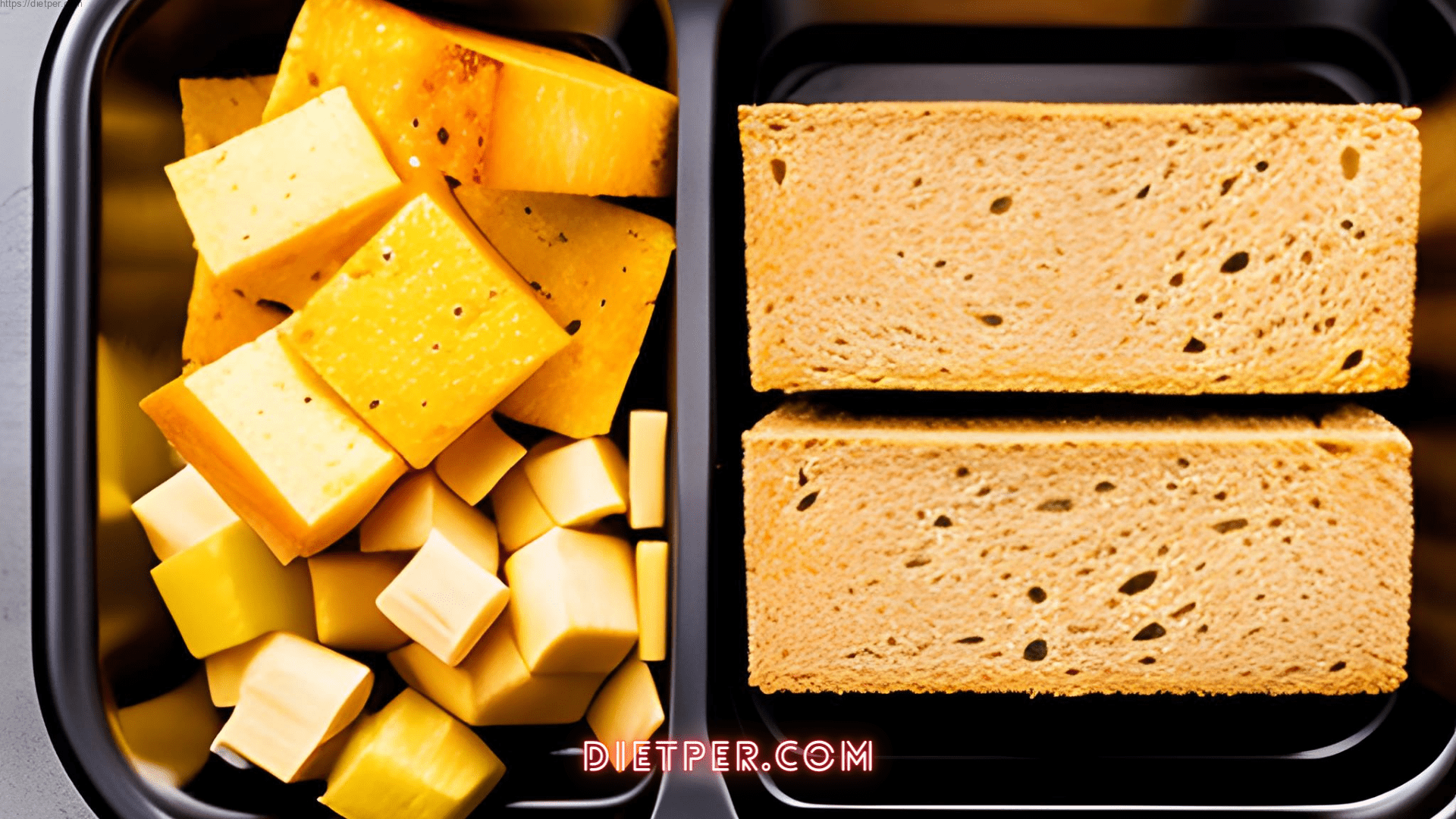
The key points about promoting a healthy gut microbiome and its potential connection to managing tinea versicolor:
1. Balanced Diet: Consume a variety of fruits, vegetables, whole grains, and lean proteins. Incorporate fermented foods like yogurt, kefir, sauerkraut, or kimchi, rich in beneficial bacteria.
2. Limit Processed Foods: Reduce intake of processed foods and added sugars, which can encourage harmful bacteria and fungi growth in the gut.
3. Stay Hydrated: Drink plenty of water to aid digestion and maintain regular bowel movements.
4. Manage Stress: Chronic stress can impact gut health. Practice stress-reducing techniques such as meditation, yoga, or exercise.
5. Consider Probiotics: Probiotics, beneficial bacteria, support a healthy gut. Consult a healthcare professional about probiotic supplements or probiotic-rich foods.
It’s crucial to understand that while maintaining gut health supports overall well-being and may lower the risk of tinea versicolor, it may not be a definitive solution. Proper diagnosis, treatment, and prevention strategies, including good skin hygiene and antifungal treatments, should be discussed with a healthcare professional.
Tips for maintaining clearer skin with a Tinea Versicolor diet
To maintain clearer skin with a Tinea Versicolor diet, here are some tips to keep in mind:
1. Avoid sugary and processed foods as much as possible.
2. Incorporate probiotics into your diet to help balance the bacteria on your skin.
3. Eat plenty of fresh fruits and vegetables to get the vitamins and minerals your body needs.
4. Choose whole grains instead of refined grains.
5. Limit your intake of Alcohol and caffeine, as these can aggravate the condition.
6. Stay hydrated by drinking plenty of water throughout the day.
7. Take supplements like zinc, vitamin D, and selenium to support healthy skin.
Remember that everyone’s body is different, and what works for one person may not work for another. It’s important to listen to your body and make adjustments as needed. By following a Tinea Versicolor diet and adopting healthy lifestyle habits, you can take control of your skin and maintain a clear, healthy complexion.
Top 11 Frequently Asked Questions
What foods are good for tinea versicolor diet?
A: While no specific 🍓🥦🥕 foods directly treat tinea versicolor diet, a common fungal skin infection, maintaining a healthy diet can support skin health and aid natural defenses against fungi. Consider including:
- 🍇🥬 Antioxidant-rich fruits and vegetables
- 🍚🍯 Probiotic-rich foods
- 🧄🧅 Garlic and onions
- 🐟🌰 Omega-3 fatty acids
- 🌾🍗 Whole grains and lean proteins
Remember, a balanced diet is not a substitute for medical treatment. If you suspect tinea versicolor or any other skin condition, consult a healthcare professional for an accurate diagnosis and proper treatment.
What not to eat during a skin fungal infection?
During a skin fungal infection, avoiding or minimizing the consumption of certain foods that may worsen the condition is generally advisable. Here are some foods to consider limiting:
- 🍞 Refined carbohydrates
- 🍔 Processed and fried foods
- 🍫 Sugary foods and beverages
- 🍺 Alcohol
- 🌰 High-yeast foods
Remember, it’s essential to consult with a healthcare professional for personalized advice and treatment recommendations for your specific skin fungal infection.
Does yogurt help tinea versicolor?
While yogurt contains probiotics that can support gut health and potentially boost the immune system, there is no conclusive scientific evidence to suggest that yogurt directly helps treat tinea versicolor diet, a fungal skin infection.
Maintaining overall skin health and following appropriate medical treatment is key to managing tinea versicolor effectively. Consult with a healthcare professional for personalized advice and treatment options.
Is hot water good for tinea versicolor?
No, hot water is not considered beneficial for tinea versicolor. 🔥 Hot water can worsen the condition by causing excessive dryness and irritating the affected skin. Using lukewarm water instead of hot water when bathing or showering is recommend to help maintain the skin’s natural moisture balance and avoid further irritation.
Does vitamin D help tinea versicolor?
🌞 Vitamin D is essential for overall skin health and immune function. Still, there is no conclusive evidence to suggest that it directly helps in treating tinea versicolor diet. While sunlight exposure can naturally stimulate vitamin D synthesis in the body, excessive sun exposure can worsen the condition.
What is the fastest way to cure Versicolor?
⏩ The fastest way to cure tinea versicolor, a fungal skin infection, typically involves a combination of topical antifungal treatments and oral medications prescribed by a healthcare professional. These medications eliminate fungal overgrowth and restore the skin’s natural balance. It is important to follow the recommend treatment regimen consistently and complete the full course of medication to ensure effective eradication of the infection.
Maintaining good hygiene practices, keeping the affected area clean and dry, and avoiding tight-fitting clothing can help prevent recurrence.
Can tinea versicolor be cured permanently?
❌ While tinea versicolor can be effectively treated and symptoms can be eliminated, it can potentially recur. Tinea versicolor is caused by a type of yeast that naturally exists on the skin, and factors like Humidity, heat, and a weakened immune system can contribute to its overgrowth.
To reduce the chances of recurrence, it’s important to maintain good hygiene, keep the skin clean and dry, wear loose-fitting clothes, and avoid excessive sweating. In some cases, regular use of antifungal treatments may be recommended to prevent recurrence.
What increases tinea versicolor diet?
Several factors can contribute to developing and exacerbating tinea versicolor, a fungal skin infection. Here are some factors that can increase the likelihood of tinea versicolor:
- 🌡️ Humidity and heat
- 🌞 Excessive sun exposure
- 🌬️ Weakened immune system
- 🧼 Poor hygiene
- 🚫 Wea tight-fitting clothing
Understanding these factors can help you take preventive measures to minimize the risk of developing or exacerbating tinea versicolor. Suppose you suspect you have tinea versicolor or any other skin condition. In that case, it’s advisable to consult a healthcare professional for an accurate diagnosis and appropriate treatment. 🩺
Why is tinea versicolor spreading?
Tinea versicolor, a fungal skin infection, can spread due to various factors. Here are potential reasons contributing to its spread:
- 🌡️ Skin-to-skin contact
- 🧴 Shared items
- 🌬️ Environmental factors
- 🚫 Weakened immune system
- 🧼 Poor hygiene
To prevent tinea versicolor diet from spreading, it’s crucial to maintain good hygiene, avoid sharing personal items, and keep the skin clean and dry. If you suspect you have tinea versicolor or any other skin condition, it’s best to consult a healthcare professional for an accurate diagnosis and appropriate treatment. 🩺
How do you treat tinea in Ayurveda?
In Ayurveda, an ancient Indian system of medicine, fungal skin infections like tinea are approached holistically. The methods include:
- 🌿 Herbal remedies
- 🌱 Topical applications
- 🥦 Dietary recommendations
- 💤 Lifestyle modifications
It’s crucial to seek Ayurvedic treatments from a qualified practitioner who can customize the approach to your unique needs. Also, consulting a healthcare professional or dermatologist is advisable for an accurate diagnosis and to explore all available treatment options, including Ayurveda, for tinea or other skin conditions.
Is tinea versicolor genetic?
No, Tinea versicolor diet is not inherited genetically. It occurs due to the overgrowth of a yeast called Malassezia, which naturally resides on most people’s skin. Factors like humidity, heat, and a weakened immune system can contribute to its occurrence. There isn’t substantial evidence to indicate that tinea versicolor diet is inherited or passed down through genes. Instead, it is predominantly influenced by environmental and individual factors, not genetic ones.
Conclusion
Adopting a Tinea Versicolor diet can contribute to clearer skin. While it’s not a complete cure, it can effectively manage the condition. The key lies in choosing foods that are low in sugar, yeast, and carbohydrates, while also ensuring your diet is rich in essential vitamins and minerals. This balanced approach can make a significant difference in controlling the condition.
Disclaimer
This blog post aims to empower you to make informed and health-conscious food choices. Your well-being is of paramount importance, and it’s essential to prioritize your health before embarking on any restrictive diets. Therefore, if you have any concerns, it is highly advisable to seek guidance from a healthcare professional or registered dietitian before making dietary changes.




